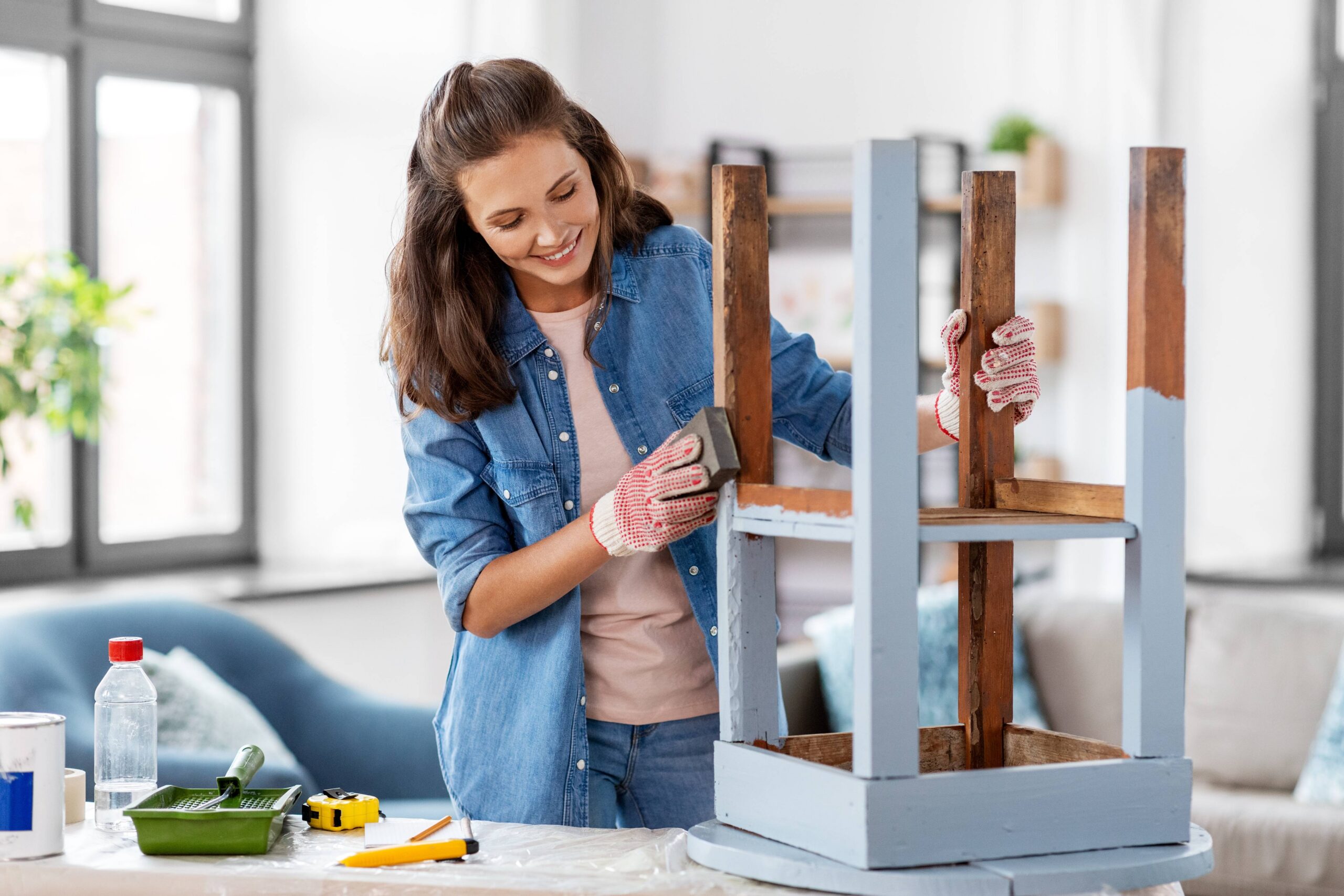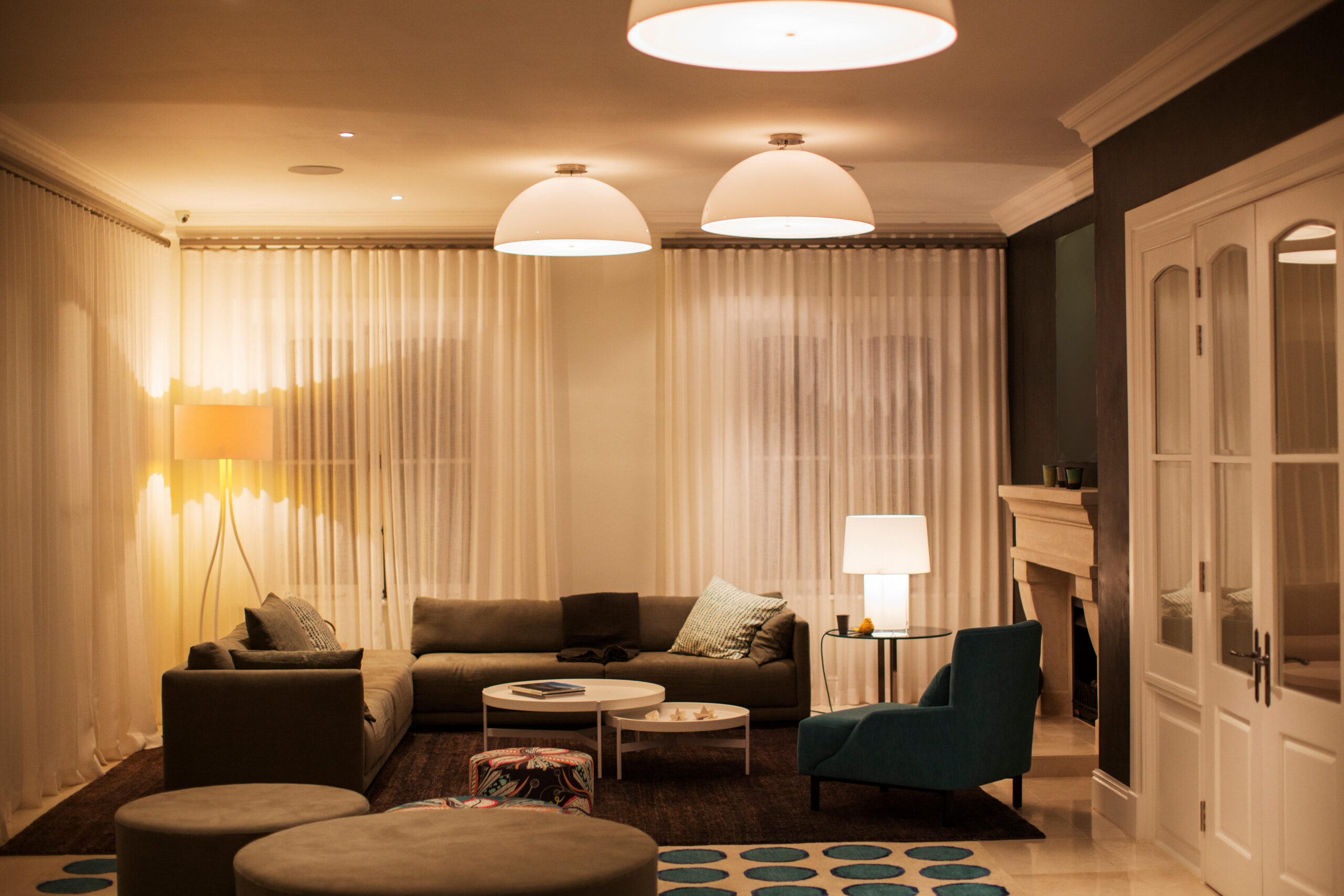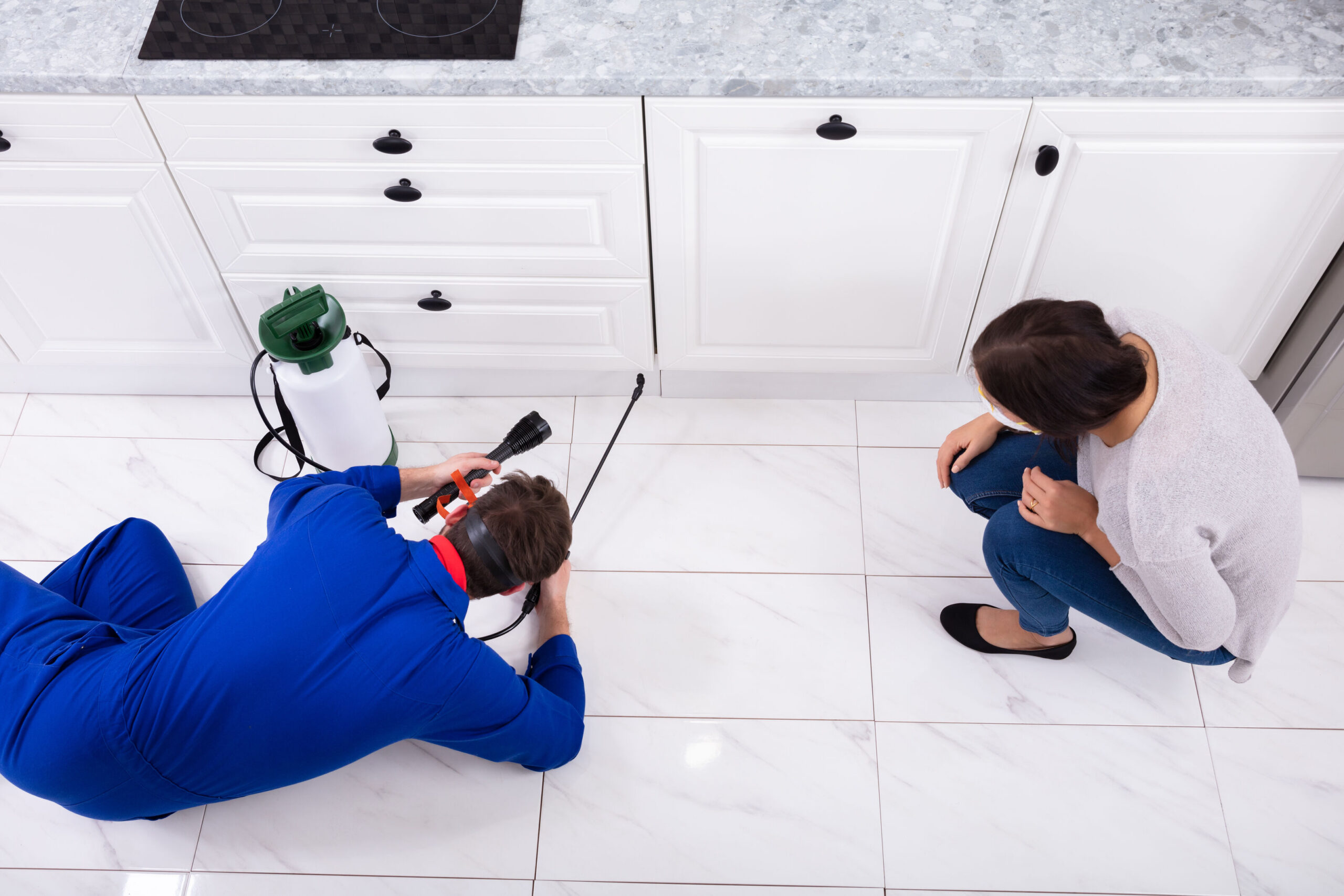Table of Contents
- Start with the Space You Already Have
- Choose a Table That Fits Your Needs (and Your Budget)
- Keep Supplies Visible, Not Messy
- Lighting Makes All the Difference
- Add Storage That Moves With You
- Make It Personal (So Kids Actually Use It)
- Repurpose Everyday Items as Organizers
- Keep It Flexible for Growing Needs
- Table: Budget-Friendly Homework & Craft Station Essentials
- The Real Goal: A Space That Works for Your Family
How to Set Up a Homework or Craft Station on a Budget
Every family needs a spot where kids can focus, create, and spread out their projects without taking over the entire kitchen table. Whether it’s homework, art, or the occasional science experiment, having a designated station helps everyone stay organized—and keeps your main living spaces clutter-free.

The good news is that you don’t need a dedicated room or a designer setup to make it happen. With a few smart, affordable choices, you can carve out a hardworking space that encourages creativity and concentration—without spending a fortune.
Start with the Space You Already Have
The best homework or craft stations aren’t built from scratch—they’re discovered. Look around your home for underused corners that could serve double duty.
A small section of the dining room, a hallway nook, or even a wide windowsill can transform into a creative hub. If you have multiple kids, think vertically—shared wall space can hold individual supply bins or pegboards for each child.
The key is proximity. You want the space close enough to the family’s main living area so kids don’t feel isolated, but separate enough that it signals “work zone.” Even a small shift in layout—like moving a side table under good light—can turn wasted space into a productive area.
Choose a Table That Fits Your Needs (and Your Budget)
A sturdy, flat surface is the foundation of your station, but that doesn’t mean you need to buy a new desk. Repurpose what you have—a console table, an old dining table, or even a thrifted find can do the job beautifully.
If you’re short on space, a fold-down wall desk or table with collapsible legs works wonders. When homework or art time is over, it tucks away neatly, leaving the room open for other activities.
For younger kids, tables with adjustable legs can grow with them and save you from replacing furniture later. Just make sure the surface is easy to clean—paint, glue, and glitter have a way of finding their mark.
Keep Supplies Visible, Not Messy
One of the biggest challenges with homework and craft spaces is managing the clutter. The trick is to make supplies visible but contained—so kids can find what they need without leaving a trail behind them.
Clear plastic bins, mason jars, or repurposed food containers make great low-cost organizers. Use shoeboxes or caddies to sort essentials: pencils, scissors, markers, and tape. Label everything (or use pictures for younger kids) so items always find their way back home.
If you’re short on table space, go vertical. Install a pegboard or magnetic strip above the workstation for scissors, rulers, and small tools. A hanging shoe organizer on the wall or behind a door also makes a great multipurpose supply rack—and costs next to nothing.
Lighting Makes All the Difference
A well-lit workspace is essential for focus and creativity. Natural light is ideal, but not always available when homework runs into the evening. A simple desk lamp with an adjustable arm and LED bulb can make all the difference.
Warm white bulbs mimic daylight and reduce eye strain, while energy-efficient LEDs keep your electric bill low. If you’re working in a shared space, consider a clamp-on lamp that attaches to the desk or wall—bright enough for the task, but easy to remove when you need the table for something else.
Don’t overlook ambiance, either. A small string of lights or soft lamp in the corner can make the space more inviting—especially for kids who might need a little extra encouragement to sit down and focus.
Add Storage That Moves With You
Flexibility is your friend, especially if the craft or homework station doubles as a dining area or family room. Mobile storage is a budget lifesaver.
A small rolling cart or set of stackable drawers keeps everything in one place and can move wherever you need it. When it’s cleanup time, just roll it out of sight. You can even dedicate one shelf per child or per type of activity—homework on top, art supplies in the middle, and electronics or chargers on the bottom.
If you’re handy, build a simple DIY rolling cart using plywood and caster wheels—it’s one of the easiest weekend projects you can do with scrap wood.
Make It Personal (So Kids Actually Use It)
The best workspace is one that feels like it belongs to your kids. Adding a few personal touches helps them take ownership and pride in their area, making them more likely to keep it tidy.
Let them choose a favorite color for their chair or desk accessories. Frame a few of their drawings or display completed projects on the wall. A corkboard or whiteboard adds function and creativity—perfect for reminders, doodles, or tracking goals.
If space allows, set up a “finished work” display area. Whether it’s a simple clipboard on the wall or a wire photo line, it gives kids a sense of accomplishment and keeps paper piles off every surface.
Repurpose Everyday Items as Organizers
You don’t need to spend a fortune on fancy containers. Half the fun of building a budget-friendly workstation is getting creative with what you already have.
Use kitchen items like muffin tins, mason jars, or utensil trays for small supplies. Old spice racks make perfect holders for paint bottles or crayons. A lazy Susan from the pantry can turn into a spinning art supply station. Even a shower caddy or old toolbox can be repurposed into a portable homework kit.
Think function first, appearance second—once everything has a place, you can always dress it up later with a coat of spray paint or matching labels.
Keep It Flexible for Growing Needs
What works for a first grader won’t work for a middle schooler. That’s why flexibility is key. Choose furniture that can adapt—a table tall enough for a standard chair instead of a child-sized one, or adjustable storage that can shift from crayons to calculators as your kids grow.
For families sharing a single space, designate “zones” by age or activity. One side for schoolwork, another for crafts or creative projects. Even if the areas overlap, kids will know which supplies belong where.
By designing a flexible setup, you won’t have to redo the space every year. A few tweaks here and there—like swapping markers for highlighters—will keep it fresh and functional.
Table: Budget-Friendly Homework & Craft Station Essentials
| Item | Budget-Friendly Option | Why It Works |
|---|---|---|
| Table or Desk | Repurposed dining or console table | Durable, easy to clean, already on hand |
| Chair | Secondhand or adjustable chair | Saves money, grows with kids |
| Lighting | Clamp-on LED lamp | Portable, efficient, and bright |
| Storage | Rolling cart or clear bins | Keeps supplies organized and mobile |
| Display Area | Corkboard or clip string | Encourages pride and creativity |
| Organizer | Mason jars, spice racks, utensil trays | Free or cheap DIY options that keep clutter contained |
The Real Goal: A Space That Works for Your Family
At the end of the day, the perfect homework or craft station isn’t about looks—it’s about how it feels to use. The goal is to create a space that invites focus, creativity, and calm, without taking over your home or your wallet.
Start small: a table, a light, a few containers, and a system that everyone understands. Once the basics are in place, you can build on it over time with better storage or decorative touches.
A well-designed workspace grows with your family—it adapts, flexes, and stays functional even when life gets messy. And when your kids can find what they need, work independently, and clean up easily, your evenings suddenly get a little quieter—and a whole lot smoother.





